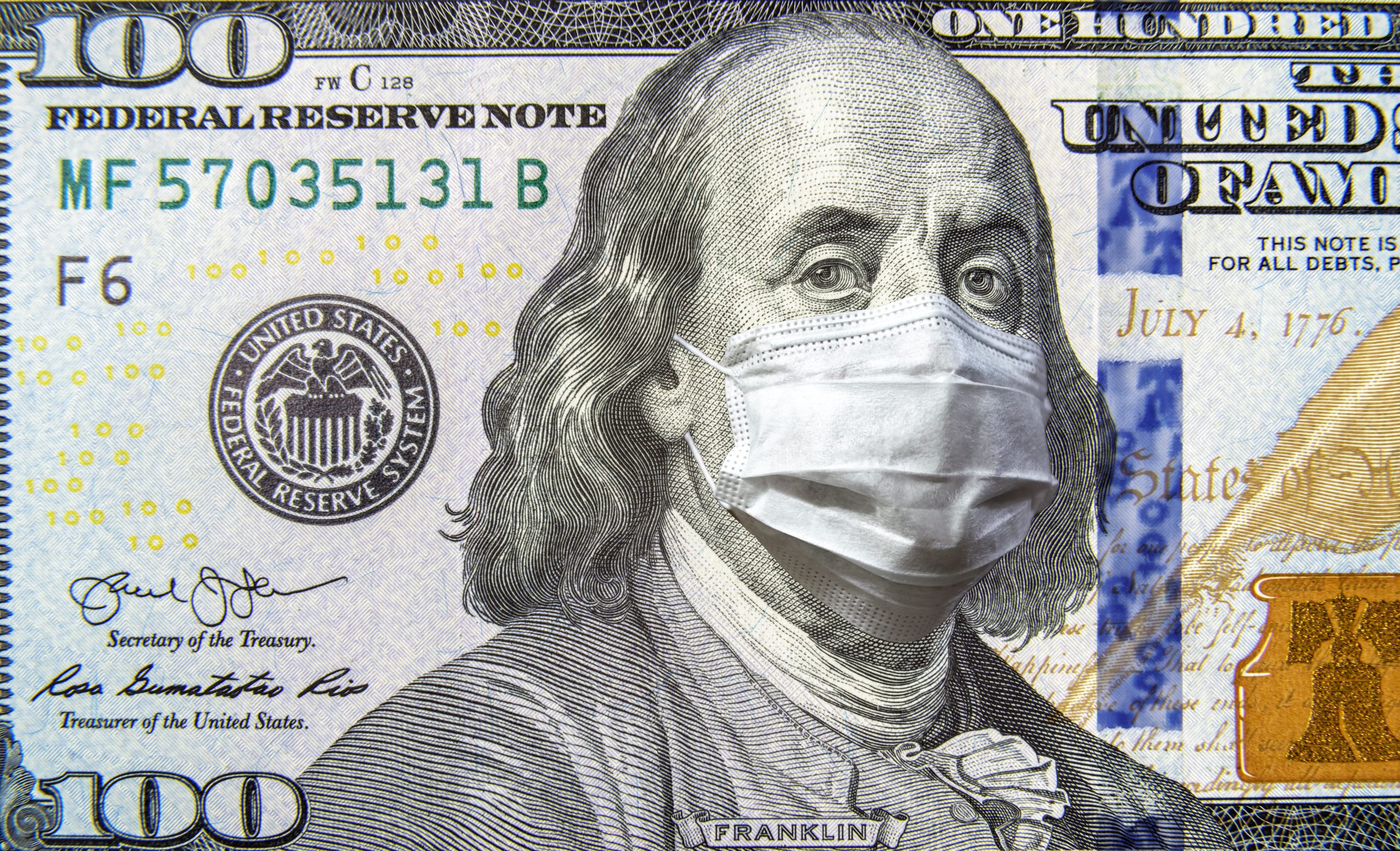The Coronavirus Aid, Relief, and Economic Security Act (CARES Act), signed into law on March 27th, is the third significant piece of legislation enacted by Congress since the emergence of the new coronavirus and COVID-19. This Act follows the Coronavirus Preparedness and Response Supplemental Appropriations Act signed into law on March 6th and the Families First Coronavirus Response Act signed into law on March 18th. There are a number of provisions in the new bill that are designed to help small businesses.
The first, and most important, provision for small businesses is the Paycheck Protection Program (“PPP”). The PPP offers loans to businesses with fewer than 500 employees, some businesses with up to 1,500 employees, 501(c)(3) non-profits and 501(c)(19) veteran’s organizations. Self-employed and sole proprietorships may also be eligible. The loans would require no personal guarantee or collateral with interest rates no higher than 4%. Lenders are expected to defer fees, as well as principal and interest repayment for six months to a year. Most importantly, some or all of the loans would be forgiven if the employer continues to pay employees at the normal rate.
DOES YOUR BUSINESS QUALIFY?
If your business has fewer than 500 employees for whom it paid salaries and payroll taxes, was operational on February 15, 2020, and is impacted by COVID-19, it is probably eligible for a PPP loan. There is a certification requirement that the business was impacted by COVID-19 and that the funds will be used to maintain payroll and other obligations — such as a mortgage or lease.
Borrowers will have to make a good faith certification:
(I) that the uncertainty of current economic conditions makes necessary the loan request to support the ongoing operations of the eligible recipient;
(II) acknowledging that funds will be used to retain workers and maintain payroll or make mortgage payments, lease payments, and utility payments;
(III) that the eligible recipient does not have an application pending for a loan under this subsection for the same purpose and duplicative of amounts applied for or received under a covered loan; and
(IV) during the period beginning on February 15, 2020 and ending on December 31, 2020, that the eligible recipient has not received amounts under this subsection for the same purpose and duplicative of amounts applied for or received under a covered loan.
WHAT CAN I USE THE LOAN PROCEEDS FOR?
- Payroll Costs;
- Costs related to the continuation of group health care benefits;
- Employee compensation;
- Mortgage Interest;
- Rent;
- Utilities;
- Interest on debt incurred before the covered period.
WHAT IS THE MAXIMUM AMOUNT MY BUSINESS CAN BORROW?
The maximum loan your business can qualify for is the lesser of 2.5x the average monthly payroll for the year prior to the date the loan is made plus the amount of certain other SBA loans or $10 million.
WILL MY BUSINESS'S LOAN BE FORGIVEN?
The amount of the loan used to meet payroll costs during the 8 week period following the issuance of the loan, as well as rent or mortgage payments and utility payments are forgivable as long as these obligations were in place before February 15th. The amount forgiven is reduced by any reduction in in pay of any employee beyond 25% of their prior year compensation. Borrowers who re-hire workers previously laid off are eligible and reduced payroll as a result of the lay-offs would not be included in any reduction of the forgiveness.
An eligible recipient shall be eligible for forgiveness of indebtedness on a covered loan in an amount equal to the sum of the following costs incurred and payments made during the covered period:
- Payroll costs.
- Any payment of interest on any covered mortgage obligation (which shall not include any prepayment of or payment of principal on a covered mortgage obligation).
- Any payment on any covered rent obligation.
- Any covered utility payment.
WHAT LIMITS ARE THERE TO LOAN FORGIVENESS
Although the statute provides for loan forgiveness the amount of forgiveness will potentially be reduced by two things:
- the percentage by which the business’s full time equivalent employees are reduced during the “covered period” compared to one of two prior periods at the borrower’s election (2/15/19-6/30/19 or 1/1/20 and 2/29/20).
- the amount by which any employee’s salary or wages are reduced more than 25% of the total salary or wages of the employee during the most recent full quarter during which the employee was employed before the covered period.
WILL MY BUSINESS HAVE TO MAKE PAYMENTS ON THE LOAN?
Loan fees, as well as principal and interest payments, will be deferred so if you qualify to have the loan forgiven the PPP loans will effectively become grants.
WILL THE PPP BE EFFECTIVE TO KEEP SMALL BUSINESSES IN BUSINESS?
The PPP is a great start in that it allows employers to take out forgivable loans to pay employees. However, although it appears to provide relief to small business owners to help with non-payroll expenses (e.g., loan proceeds may be used to pay rent etc.) its limitations on forgiveness together with the definition of maximum loan amount means that loan proceeds used to pay rent are almost certainly going to reduce the amount of forgiveness.
For instance, a small business takes a maximum loan of 2.5x its average payroll. Lets say hypothetically the average monthly payroll is $10,000 and the loan is therefore $25,000. The covered period is 8 weeks so in order to avoid losing forgiveness of the loan, the employer would have to use $20,000 to pay its employees (its actually more complicated because of the calculation of FTEs). Unless rent and utilities are less than $2,500 per month some of the business’s expenses would not be covered by the loan/grant.
Although the CARES Act will get money into the hands of small business employees if their employers are willing to navigate this loan/forgiveness/grant minefield, it does not help small businesses pay rent and other necessary expenses even though the bill’s provisions suggest that intent. A simple amendment to allow the maximum amount of the loan to be 2.5x the average cost of all allowable expense categories would make this a much stronger support.
WHAT IS THE PROCESS FOR APPLYING?
In short, nobody knows yet but it is likely to be similar to SBA loans since the PPP loans will be administered through the SBA. However, since there are no collateral or personal guarantee requirements there is hope that the process will be streamlined. The lenders I have spoken to do not yet have applications or further information from the SBA but we will update this information when available.




